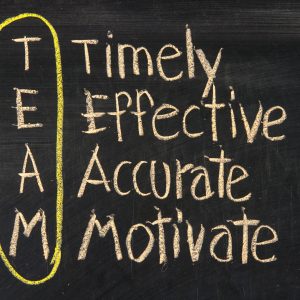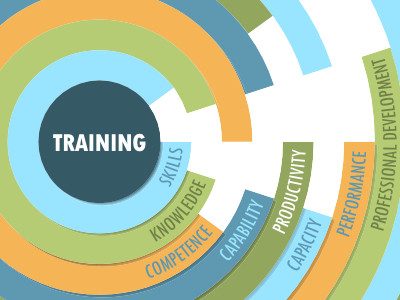 Millions of older adults and people living with disabilities rely on the direct care workforce, and the numbers are growing at an enormous rate every single day. Sadly, we have undervalued the importance of the direct care workforce and ill prepared the critical need to provide quality of life and quality of care training. It’s time to change the paradigm.
Millions of older adults and people living with disabilities rely on the direct care workforce, and the numbers are growing at an enormous rate every single day. Sadly, we have undervalued the importance of the direct care workforce and ill prepared the critical need to provide quality of life and quality of care training. It’s time to change the paradigm.
While shortfalls in our long-term care system have been evident for decades, the fallout from COVID-19 has reinforced the need for revamping delivery of care at all levels. Improving the Quality of Life, Quality of Care and Well-being of older adults and those living with disabilities starts with quality training for those directly involved in providing the care to these individuals. We must look beyond “check-the-box” training and education and we must do it quickly, as staffing shortages are at critical levels and not showing signs of reversal until we make changes.
By 2025, millennials will make up to 75% of the workforce and 87% say one-the-job learning and development is important. For too long, aging services workers have been subjected to training that could be described as “one size fits all”. Direct care workers report that training is irrelevant and does very little to improve their capability to work with older adults. St. Cloud University and the Dementia Care Foundation found factors pointing to how likely staff were to leave their job within the next year. Low satisfaction with orientation and training is a contributing factor in seeking other employment.
- What is the People Impact of high turnover rates among the direct care workforce?
- It prevents the development of health and trusting relationship between care providers and receivers.
- Family members lose confidence in the care provider’s ability to provide consistent, quality of care and service.
- It takes a toll on existing care team members. Stress levels increase, and morale decreases.
- Most importantly, resident care suffers. Inconsistent staffing can translate to residents receiving only basic instrumental care, which does not lead to improved quality of life or well-being for the older adult.
Stakeholders must realize that shortchanging training affects all of us – from the entire health care system to society at large. Providers suffer huge financial losses due to staff turnover and low occupancy by not delivering quality care. As consumers become more educated in seeking care for their loved ones, the providers who have trained staff will consistently rank above their competitors.
For more information on direct care workforce training and for access to AGE-u-cate’s REVEAL Aging white paper click here.
Pam Brandon is President/Founder of AGE-u-cate Training Institute, a global company dedicated to developing and delivery effective aging and dementia training for professional and family caregivers.

 High staff turnover in long-term care is certainly not a recent phenomenon. Going back to the 1970s studies pointed to average turnover rates for registered nurses (RNs), licensed vocational nurses (LVNs) and certified nursing assistants (CNAs) ranging between 55% – 75%. With growing demands for these professions as our aging population explodes, many providers are reporting upwards of 100% turnover. Many factors need to be addressed – one being how we are preparing this workforce to work with the growing numbers of older adults with dementia? Leaders have many options for dementia training. What do we hear most often? Keep it simple and engage the learner!
High staff turnover in long-term care is certainly not a recent phenomenon. Going back to the 1970s studies pointed to average turnover rates for registered nurses (RNs), licensed vocational nurses (LVNs) and certified nursing assistants (CNAs) ranging between 55% – 75%. With growing demands for these professions as our aging population explodes, many providers are reporting upwards of 100% turnover. Many factors need to be addressed – one being how we are preparing this workforce to work with the growing numbers of older adults with dementia? Leaders have many options for dementia training. What do we hear most often? Keep it simple and engage the learner! There is an urgent need to equip caregivers to better respond to and care for persons living with dementia. Traditional training models have focused on the number of classroom hours an individual must spend in training, assuming that a person who completes the required training hours is ready to work successfully with people living with dementia. The shift to competency-based training improves dementia care by focusing on mastery of tasks and tools that are learned.
There is an urgent need to equip caregivers to better respond to and care for persons living with dementia. Traditional training models have focused on the number of classroom hours an individual must spend in training, assuming that a person who completes the required training hours is ready to work successfully with people living with dementia. The shift to competency-based training improves dementia care by focusing on mastery of tasks and tools that are learned.